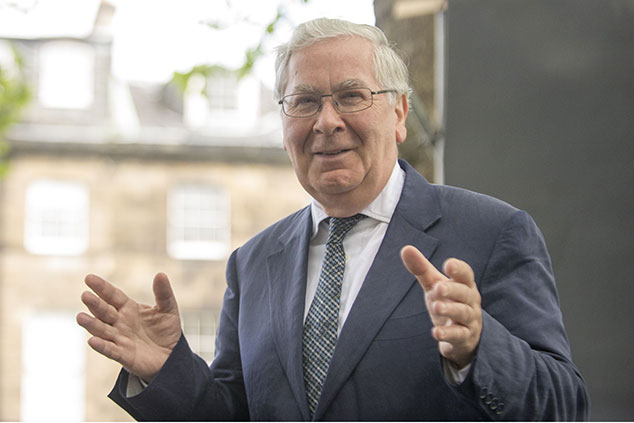
In the UK, the FTSE 100 bottomed out a bit earlier – hitting 3,512 on 3 March. Later that week, the Bank of England (still run by Mervyn King at the time) announced it would start quantitative easing (QE – printing money). The Federal Reserve in the US had already started its own QE programme in November 2008. On both sides of the Atlantic, banks had been bailed out or part-nationalised all over the place.
Why did the market bottom out at that point? Things still looked incredibly bleak. The economy was in recession. Everyone feared for their jobs (assuming they still had them). House prices – probably the key barometer of economic health for the average person in the street – were crashing (although the collapse in interest rates soon reversed that). And no one had any idea of what printing money or propping up so many different sectors of the economy (we all talk about the banks, but car manufacturers got a fair bit of help too) would do to inflation, or the financial system, in the long or the short term.
So what made the difference? It’s a question I take a brief look at in my book on contrarian investing (The Sceptical Investor – out on Monday!) Clearly, there’s no single answer. But the most obvious is that we just got to a point where the news was as bad as it was going to get, and it had all been “priced in”.
For me, the “tell” was when one broadsheet put out a front-page headline on the financial crisis, illustrated with a picture of St Paul’s during the Blitz – it was the kind of hyperbole that would make any rational bystander think: “Okay, things are bad – but they’re not that bad”.
The obvious question now is: ten years on, where are we now? Stockmarkets have barely looked back since that week in March. Indeed, in the US stocks have managed a virtually unbroken bull market since (depending on exactly which definition you use and which index you’re measuring, of course – there were some pretty dramatic wobbles in 2011 and 2015, not to mention last year’s bout of panic).
And yet I’d be hard pushed to describe today’s investors as carefree. Markets may not be cheap, but investment is being driven more by a sense of oppression – a sense that there’s no other option but to take a risk. So I suspect there’s life in the bull yet – as long as you avoid the most ridiculously overvalued parts of the markets.
Matthew Partridge has suggestions on where you can find promising smaller companies in our cover story this week (if Brexit isn’t as catastrophic as the most hysterical headlines suggest, smaller domestically focused UK stocks might have particular appeal).
Marina Gerner suggests a couple of China funds also in this week’s issue – China might be opaque and risky, but it’s also cheap, having endured its own nasty bear market. And if you’re not convinced of the bull case, do read Merryn’s interview with financial historian Russell Napier – Russell explains why gold is a good buy, even if we face another potential deflationary collapse, as he fears.
And if you’d like to get hold of The Sceptical Investor, The Sceptical Investor.